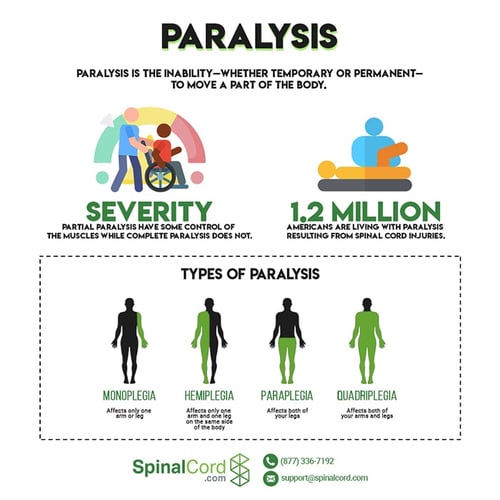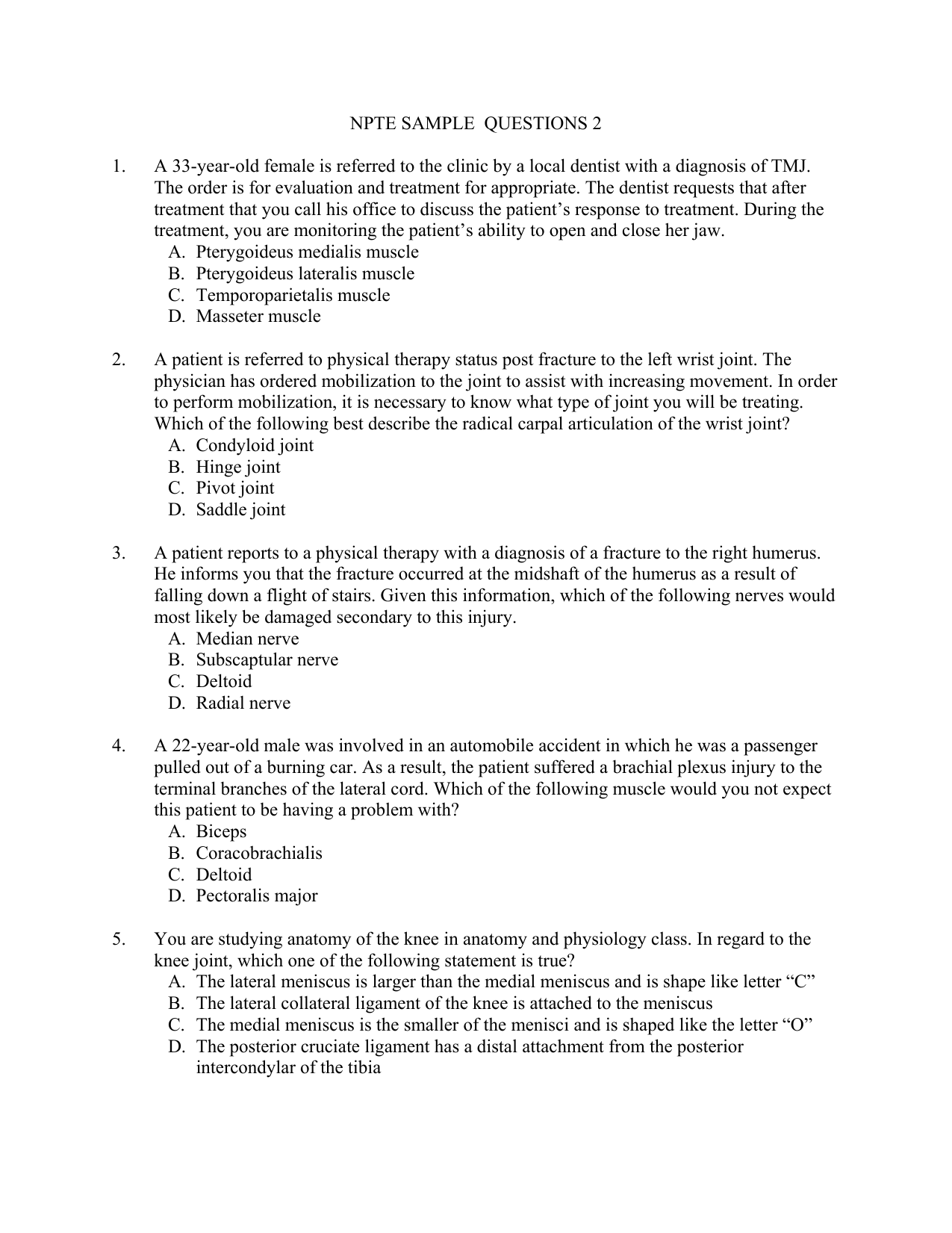Hemiplegia Best Describes Which of the Following
A -ectomy B -plasty C -scopy D -stomy E. The nurse is writing a nutritional plan for a stroke patient with right sided hemiplegia and hemianopia.

Left Hemiplegia Causes Recovery Outlook And Treatment
A Systolic BP 150 mmHg b.

. Mattias is a 65-year-old man who experienced a right cerebrovascular accident resulting in left hemiplegia and dysphagia. After experiencing a stroke to the right side of the brain a patient experiences hemiplegia on the left side of the body. Asked Jan 2 in Nursing by LittleSumo.
The cause of these conditions is varied but usually results from an injury or illness to the spinal cord or brain. The client works as a carpenter and is now experiencing a situational role change based on physical limitations. How should the nurse best promote the health of the patients integumentary system.
While hemiplegia can affect either side of the body. Right hemiplegia refers to paralysis of the right side of the body after damage to the brain or spinal cord. Hemiplegia like other forms of paralysis is characterized by a significant loss of sensation and control in the affected area.
Behavior mediation regulation of mood Integration of eye movements. A COTA is treating a client who has had a CVA. According to the National Stroke Association as many as 9 out of 10 stroke survivors have some degree of paralysis immediately following a stroke.
Following transfer to the Aphasia Research Center examination demonstrated a dense right hemiplegia almost no verbal output but nearly normal comprehension of spoken language. Focal sharp and slow activity was demonstrated in the left sylvian region of the EEG and an isotope brain scan showed increased uptake in the left frontal-parietal. Removal of substances from the blood into the renal tubule at the peritubular capillaries is best described as which of the following processes.
Hemiplegia b Paraparesis c Quadriparesis d Paraplegia. All of the characteristics below describe the structure of the glomerulus except one. A 13ear-old female diagnosed with cerebral palsy is referred to physical therapy.
Luckily many individuals with left hemiplegia have the potential to regain mobility on their affected side and improve their overall quality of life. Which of the following terms best describes this finding. Left hemiplegia describes paralysis of the left side of the body due to neurological damage such as a stroke or traumatic brain injury.
It describes physical performance on daily activities once the person with head injury is no longer comatose C. The client exhibits slow involuntary continuous writhing movements of the upper and lower extremities. A Extreme thirst B Inability to hear C Inability to swallow D Loss of hair E Pain free 19 Which of the following suffixes means cutting operation.
During the occupational therapy assessment Mattias had difficulties with chewing and swallowing of textured foods. Which of the following disorders BEST describes what the COTA is observing. Hemiplegia is a paralysis that affects one side of the body.
Unconscious and long-term memory storage associative and procedural learning inhibitory control decision making and planning. A female patient has left-sided hemiplegia following an ischemic stroke that she experienced 4 days earlier. The client is the primary wage earner in the family.
D Hemiplegia E Urticaria 18 Which of the following is the definition for aphagia. It describes a specific pattern of recovery that all persons with TBI will follow D. Which of the following is the best course of prehospital management.
Appropriate nursing interventions include. A Bilateral B Ipsilateral C Anterolateral D Contralateral. Its often diagnosed as either the right or left hemiplegia depending on which side of the body is affected.
One hemiplegia definition is that it is a form of trauma-induced paralysis that affects either side of the body often just one arm and one leg but occasionally with symptoms extending partially into the torso. The right side of the brain controls the movements of the left side of the body in this way people with stroke who suffered an injury in the right hemisphere show a hemiparesis condition on the. Hemiplegia and hemiparesis are related conditions that cause weakness on one side of the body.
During the session the COTA notices the client is having trouble communicating through speech. It describes cognitive and behavioral levels but each person with TBI will progress differently and unpredictably B. Left hemiplegia is the paralysis of the left part of the body after a lesion of the right hemisphere of the brain non-dominant hemisphere caused by a stroke or lack of oxygen.
While hemiplegia can affect either side of the body this article will specifically focus on right-sided hemiplegia. Alternate the patients positioning between supine and side-lying. This type of motor disturbance best describes ____.
He had frequent episodes of coughing and pocketing of food in the left cheek. Hemiplegia is when the weakness causes paralysis while hemiparesis is partial weakness. Voluntary and involuntary motor control or controlling voluntary movements and learning motor skills.
Fortunately there are rehabilitation methods that can help you regain movement on the right side. A nurse is caring for a client who has a left-sided hemiplegia resulted from a cerebrovascular accident. 102721 337 PM Kahoot.
Which of the following result will best show that mannitol is effective in the client with increased ICP. Which of the following correctly describes the condition. Which of the following best describes the clients role problem.
99 - Quiz Paralysis of all limbs when the cervical region of the spine is injured is known as Paralysis Quadriplegia Semiplegia Hemiplegia 20 sec 3434 100 - Quiz Common clinical manifestations of spinal cord injury include all of the following except Paralysis of the muscles Low blood glucose Absense of sensation. Last updated on November 8 2021. Hemiplegia 249Which of the following disorders presents with muscular hypotonia.
Position the patient on her weak side the majority of the time. Which definition best describes left-sided heart failure.

Types Of Paralysis Monoplegia Hemiplegia Paraplegia And Quadriplegia


No comments for "Hemiplegia Best Describes Which of the Following"
Post a Comment